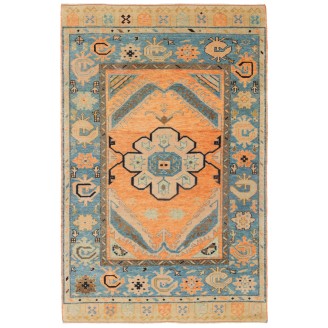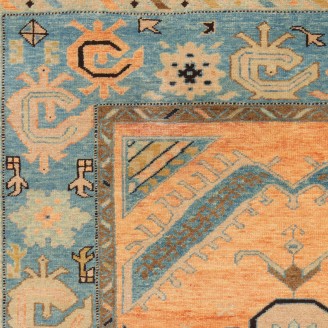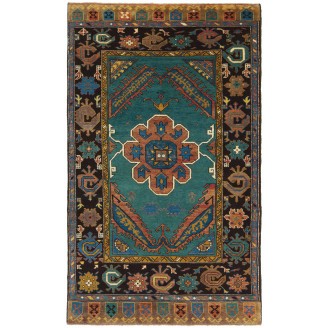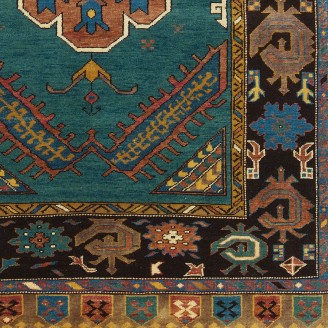Anatolian Medallion Carpet
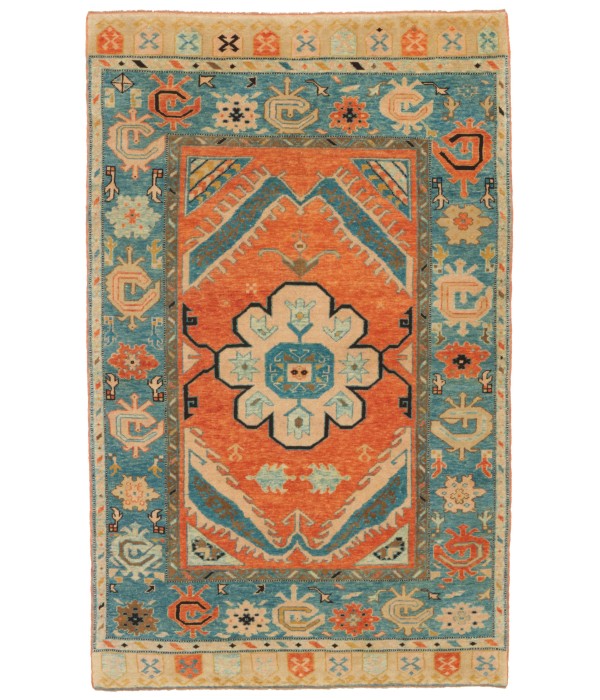
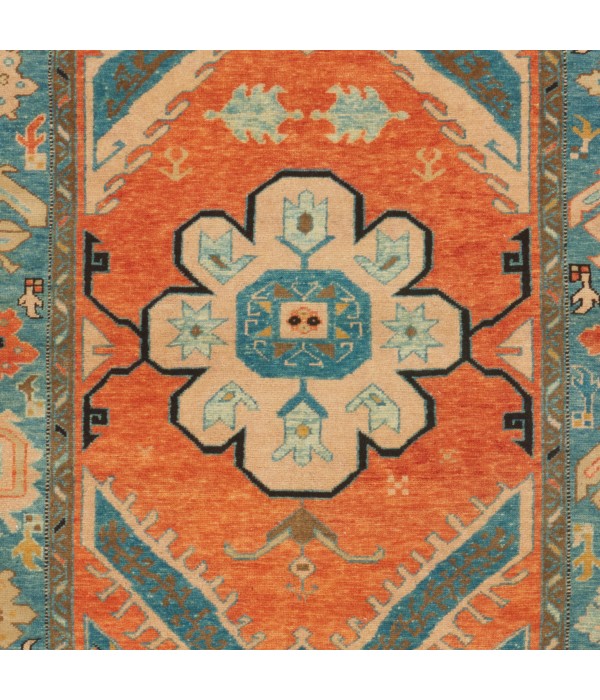
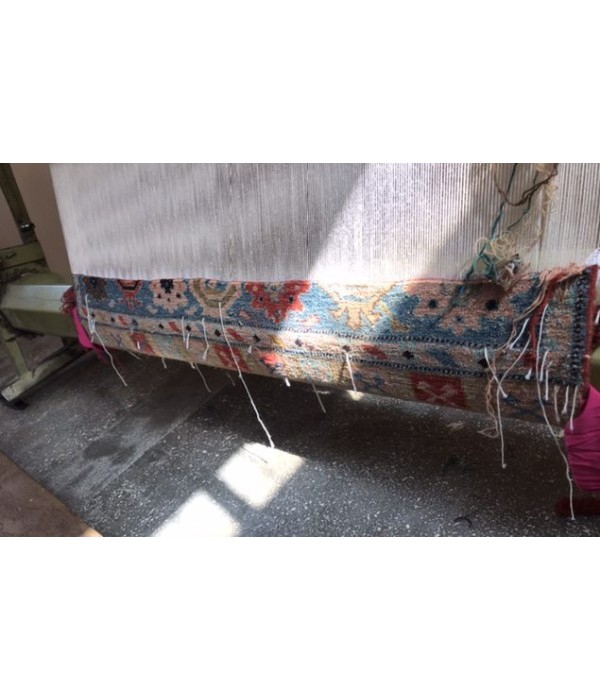
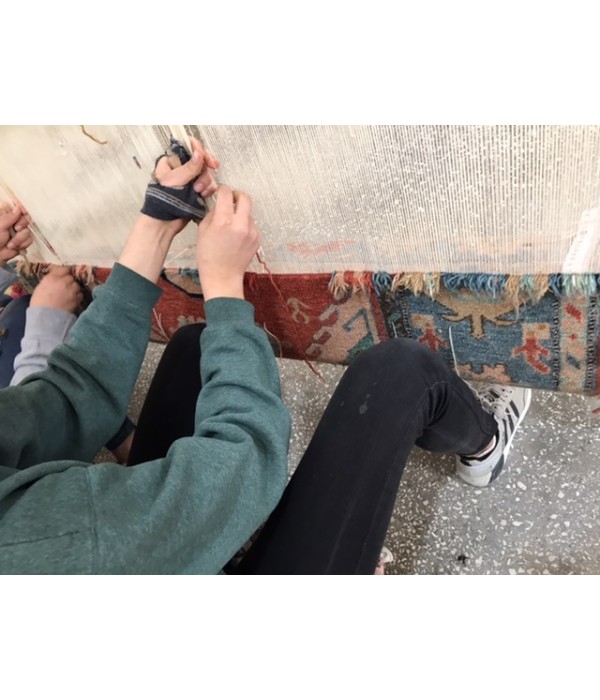
Out Of Stock
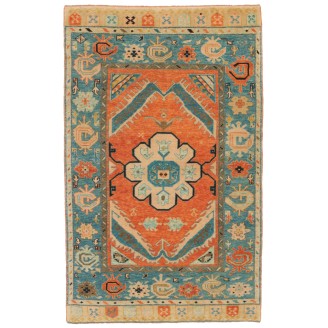
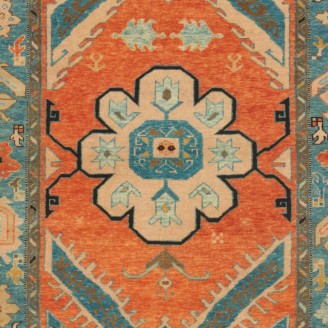
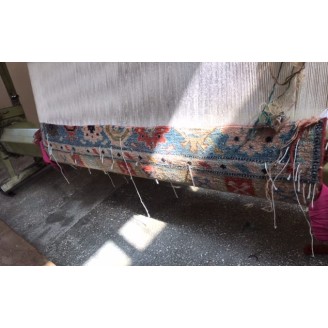
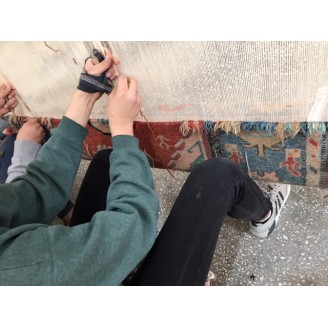
Model: ART00410Anatolian Medallion Carpet
Group: Anatolian Rugs Family
Area: Konya Region
Material of Pile: Natural Dyed Hand-spun Wool
Material Warp / Weft: Wool on Wool
Structure: Symmetrical knot
Knots Density: 29x36
Pile (mm): 4
Production Place: Southeastern Anatolia – Diyarbakir - Lice
Weight: 5.00kg
Location: Tokyo
Stock: Out Of Stock
Dimensions:
The source of carpet comes from the book Orient Star - A Carpet Collection, E. Heinrich Kirchheim, Hali Publications Ltd, 1993 nr.178. This is an unusual border drawing, medallion carpet design 16th-century carpet from the Konya region, Central Anatolia area, Turkey. A detail in the border drawing is so unusual that it must be mentioned: it forms an almost closed circle that leaves a small opening to one side. Either it can be a strongly curled leaf or a shell which is often given an amuletic function in rural textiles. Among specialists, Anatolian carpets and kilims are believed to record symbols of ancient values and ideas. This tradition dates back several millennia and was only displaced during the industrial age. The Anatolian kilim design tradition probably owes its lucky survival to the fact that pile-woven carpets look more precious and would already have had a higher prestige value several millennia ago. Kilim weaving was, therefore, able to survive undisturbed within an intact cultural context for a long period of time. The design of this rug is interpreted with floral borders and soft colors are chosen for this rug.
Color summary: 9 colors in total, most used 4 colors are;
Color summary: 9 colors in total, most used 4 colors are;
- Dusty Turquoise 340 (Spurge - Madder Root - Indigo - Walnut Husk)
- Congo Pink 306 (Madder Root)
- Wax Flower 530 (Spurge - Madder Root - Reseda Luteola)
- Caramel 537 (Tea)
Dimensions:
4 ft 0 in x 6 ft 5 in ( 122cm x 196cm )
Price:
$2,700
Ex Tax: $2,700

